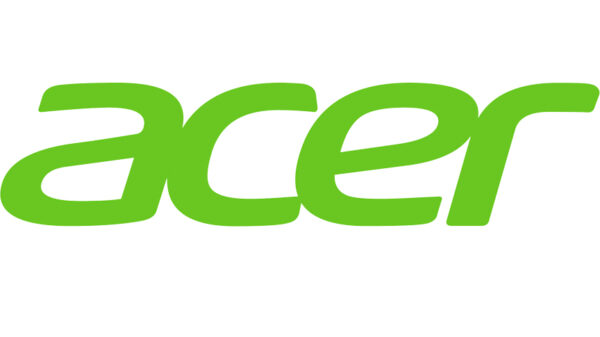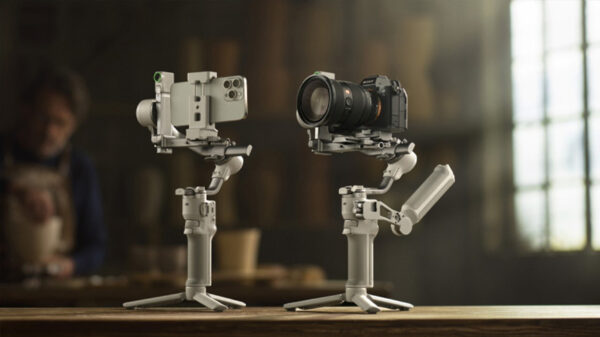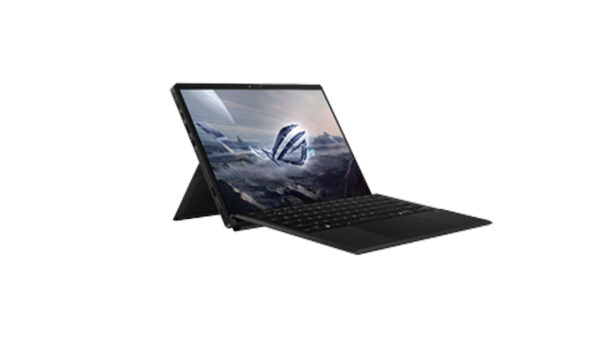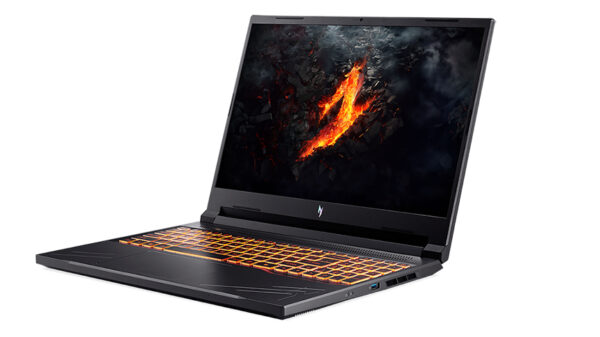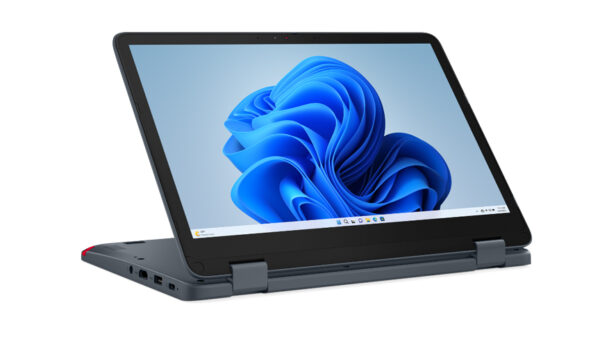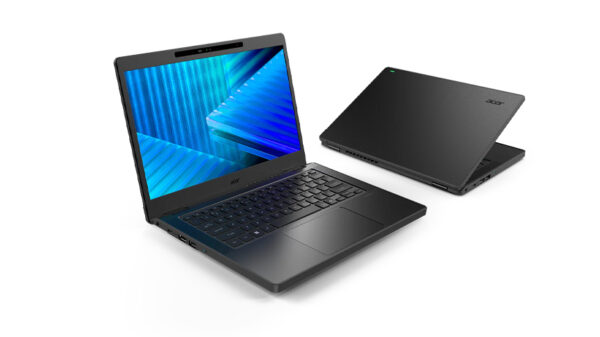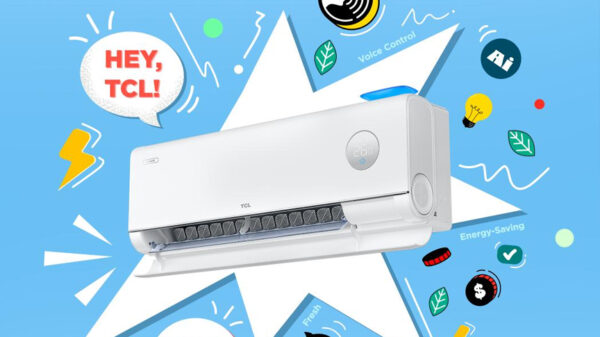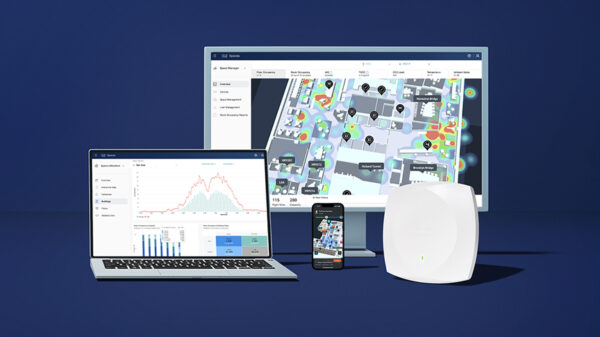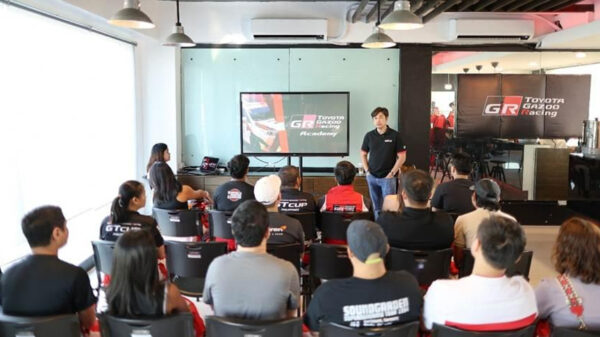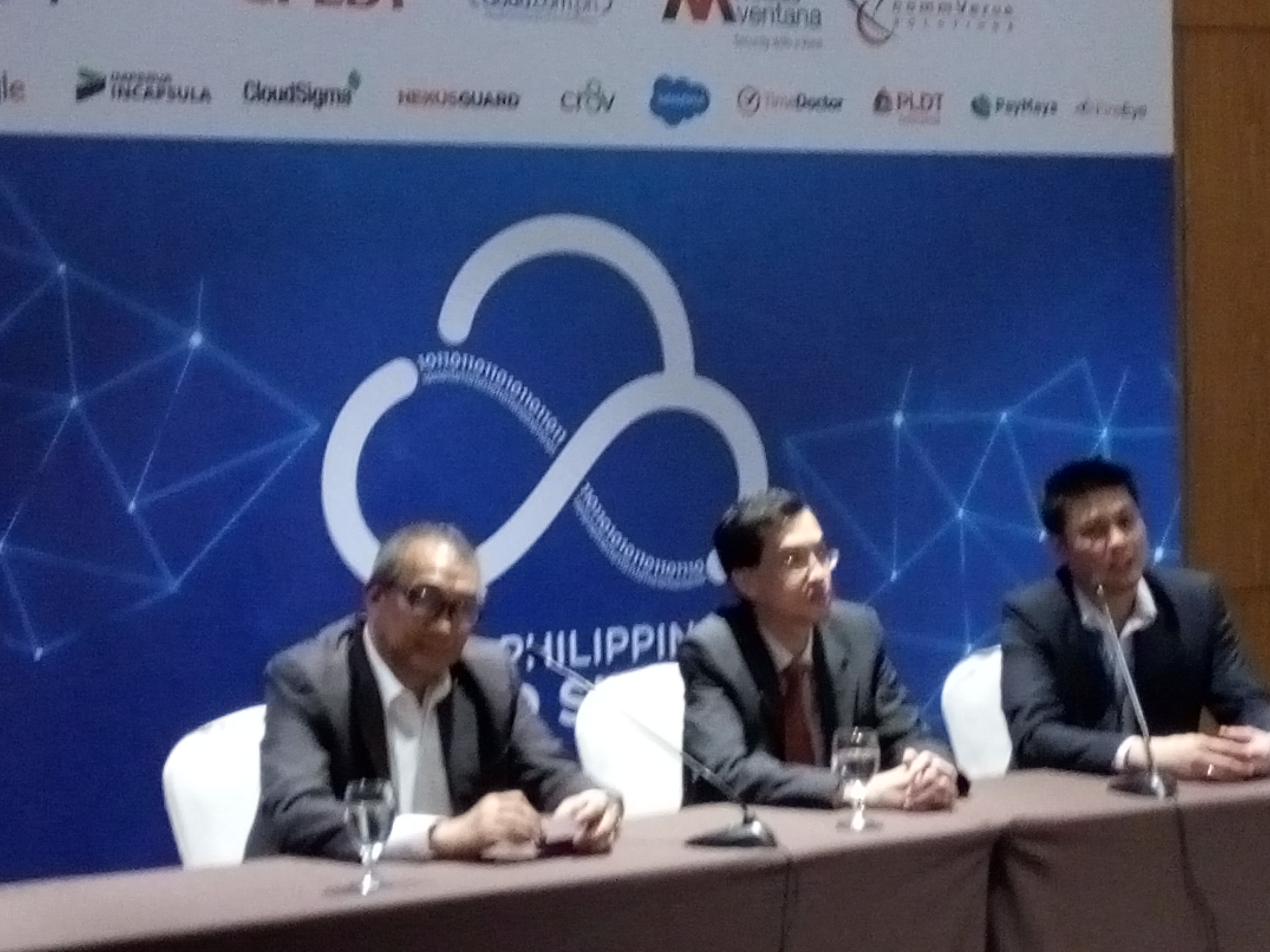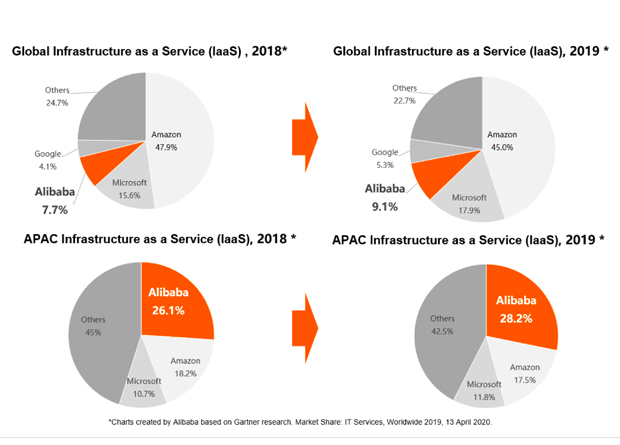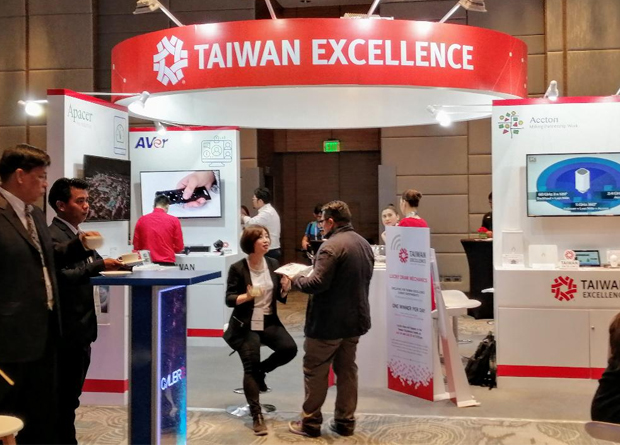The introduction of connected things in the market is a sign that the Internet of Things (IoT) has arrived and is rapidly gaining attention, being driven by three key factors: the need for enterprises to improve operational efficiency; the need to improve customer experience; and the drive for new business models or new revenues.
In a recent press conference held during the 2016 Philippine Cloud Summit, King-Yew Foong, Research VP and Chief of Research for Communications Service Providers at Gartner, discussed the factors that are driving IoT adoption and stressed that the technology is now increasingly becoming a buzzword in the workplace.
“There is a tremendous interest in the IoT,” said Foong. “Many industries are looking for devices that will benefit their systems.”
Foong defined IoT as a network of connected devices that has the ability to stand its environment, collect data that can be analyzed for insights and trends and hopefully leads to better decision making by enterprises.
The attention IoT is getting was the result of more and more devices being deployed and connected that can send data to be analyzed and provide insights. According to Foong, early adopters of IoT include key verticals in the areas of smart utilities installing smart meters, transport and logistics, and healthcare.
“Overall, by the year 2020, there will be roughly about 20.8-billion connected things, which is basically three times the number of mobile phone connections, or an average growth rate of above 30% from now until 2020,” Foong said.
Being one of the drivers of IoT adoption, improving operational efficiency is needed. Foong relayed that as the degree of the intensity of competition in the world today is increasing and the economic growth is anemic as you look around globally, there is a need for enterprises to be more cost-efficient in order to maintain their profit margin.
The need to differentiate
Foong mentioned that there is a need for businesses to differentiate oneself from the competitor. They should adopt IoT to improve customer experience. This can be done by re-thinking or re-innovating on how business interacts with the ecosystem comprising of partners, suppliers, and also customers.
“The relationship now is people to people. In the future, you will see business interacting with things, and things interacting with things,” he said.
Foong also explained that there are four elements that constitute the IoT technology.
“A device deployed and connected has a communication link that allows the device to stand by the data to the central IoT platform for processing, and the application itself that stick on the cloud to process the data and translate it into information that can be used for business competitive advantage, and last is analytics,” explained Foong.
“Covering these four key technologies would be the security umbrella, ensuring the data collected is secured and the people who are accepting the data have the right, and fully authorized to use that data,” he continues.
Foong pointed out that security is an important issue with regards IoT but according to him, small and medium business enterprises (SMEs) do not put priority on it.
“Security has always been underestimated by SMEs. They tend to underestimate the true cause of security,” he said, adding there is a need for these enterprises to educate on this.
“Another thing that needs to be fixed is the respect for intellectual property,” he adds.


